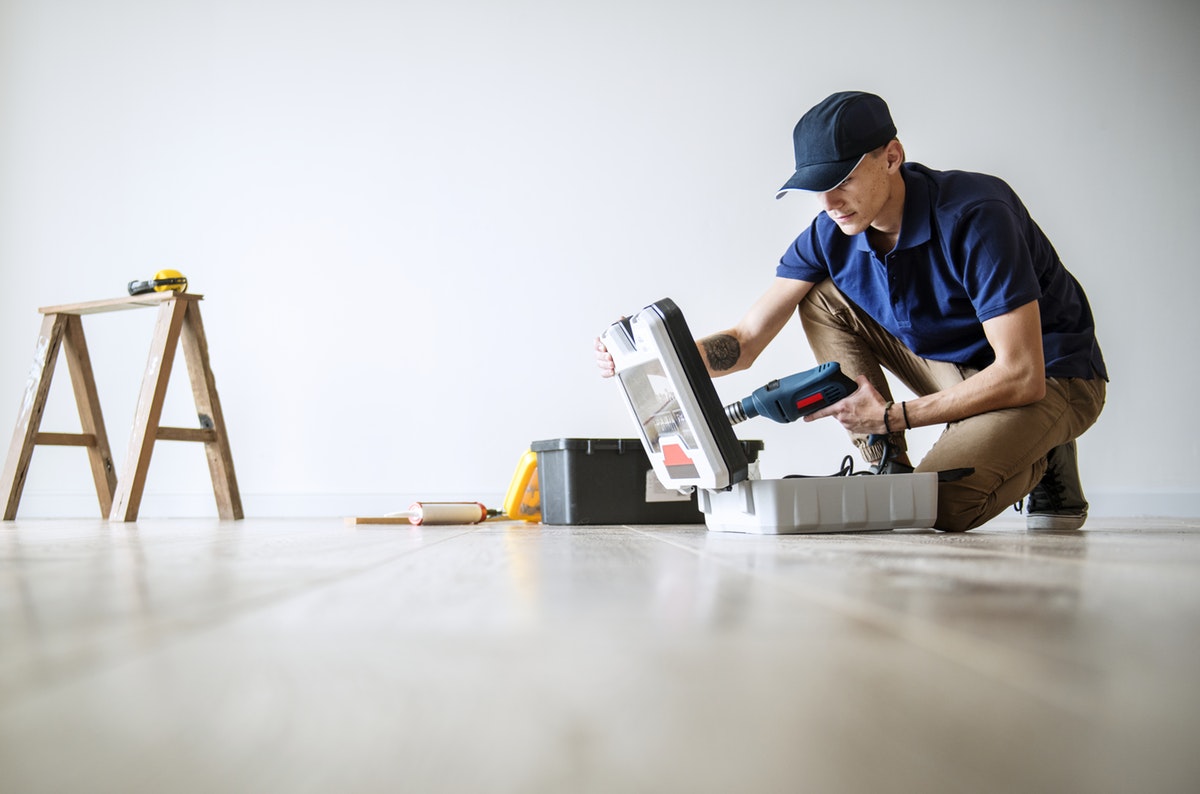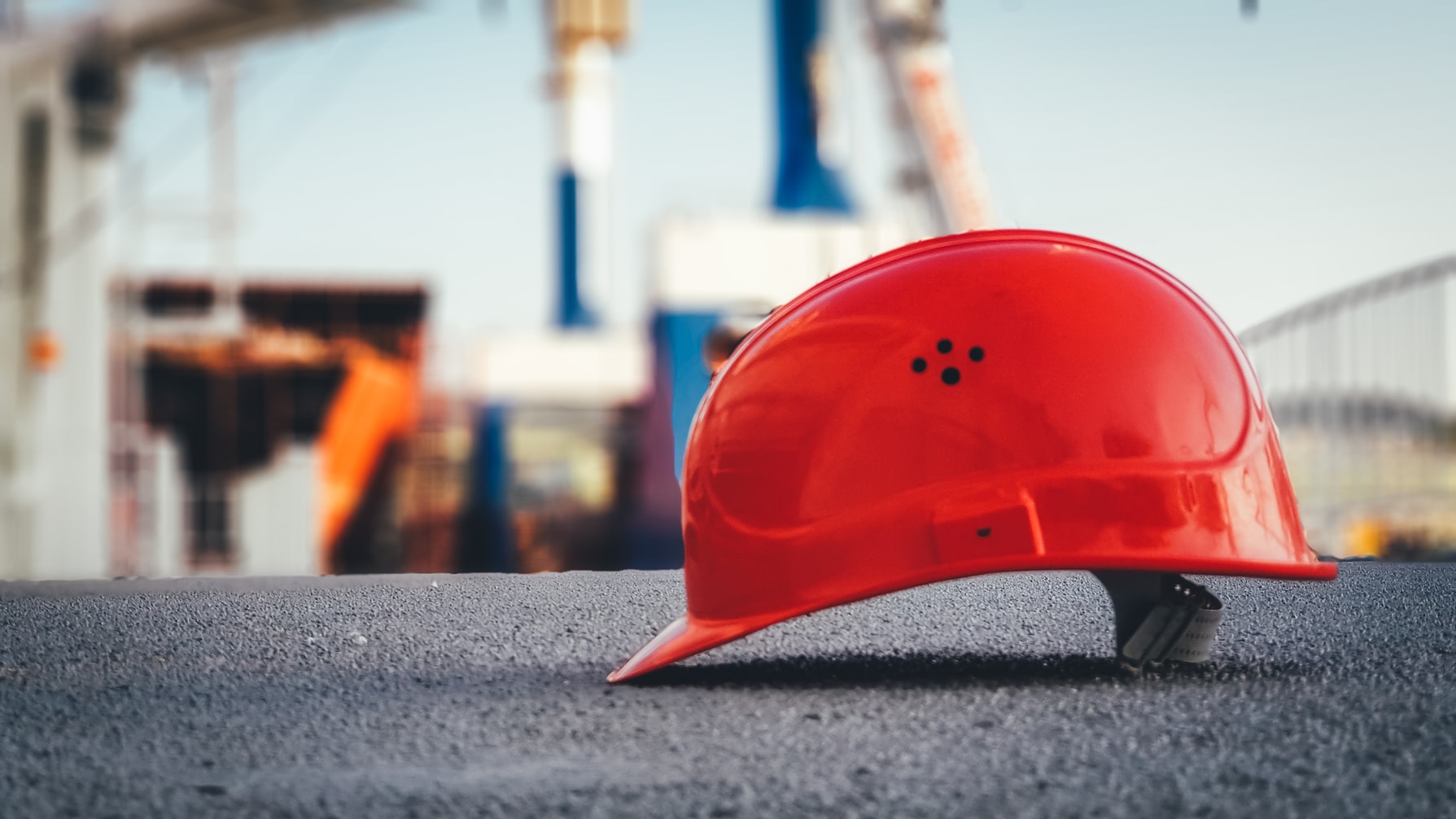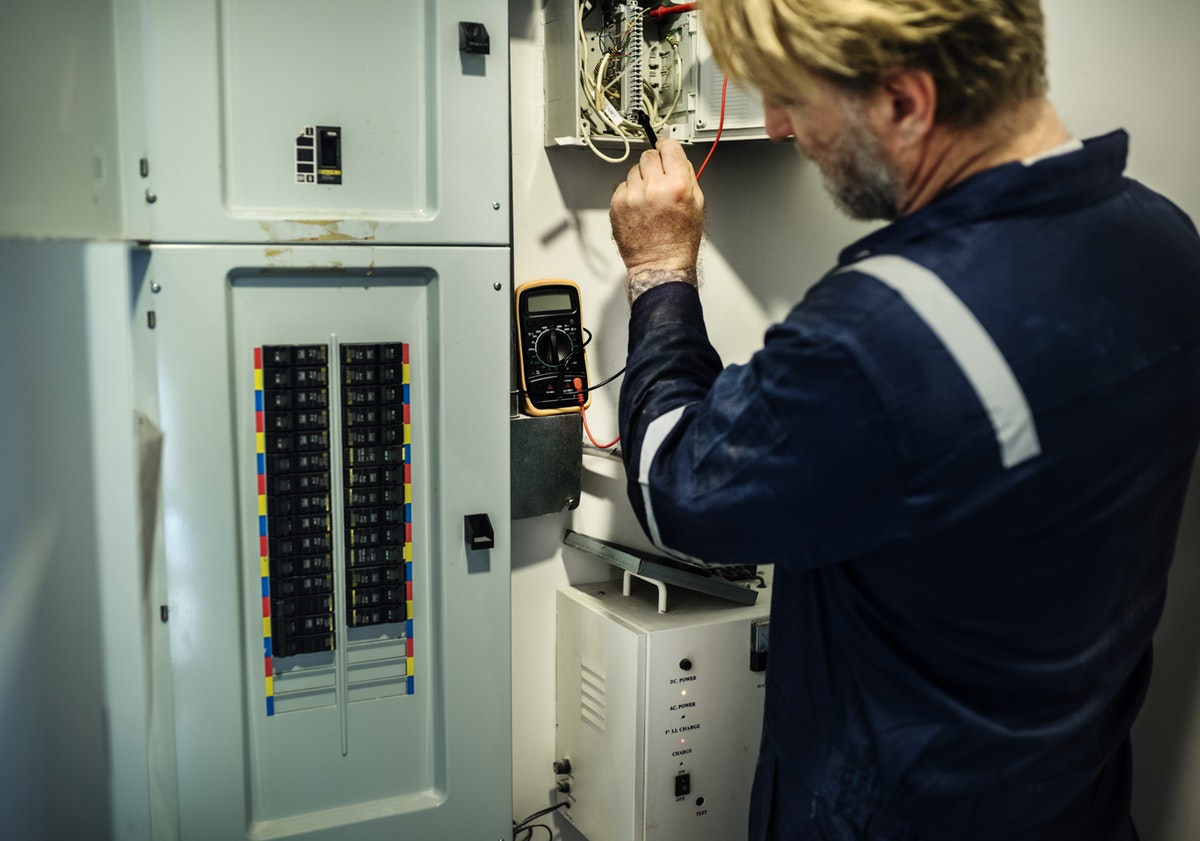BLOG
Contractors and volunteers | Are you overlooking the health and safety of non-employees?
Written on 29 October 2021
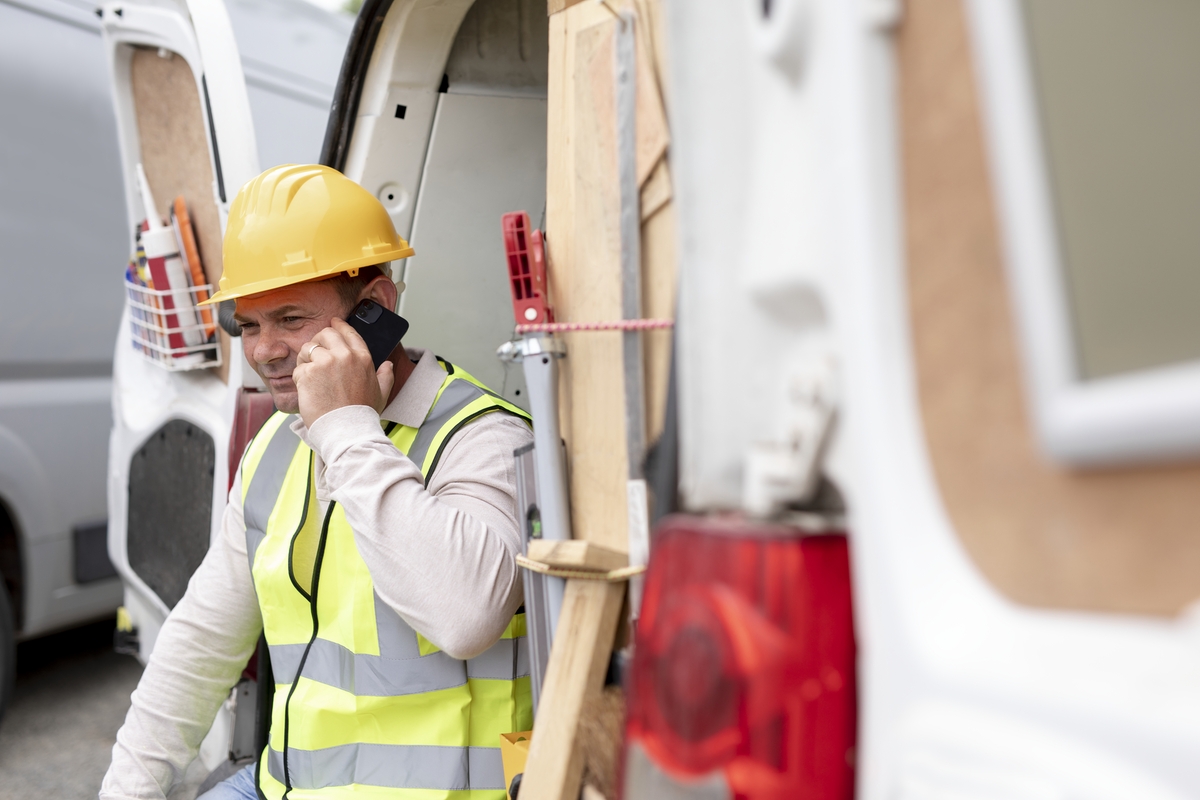
When you think about workplace health and safety, your probably think about protecting your workers. However, under Section 3 of the Health and Safety at Work Act 1974, employers must also “ensure, so far as is reasonably practicable, that persons not in his employment who may be affected thereby are not thereby exposed to risks to their health or safety”. This includes members of the public, contractors and visitors.
Two recent cases have served as an important reminder of employers’ health and safety duties to non-employees.
In the first, an anglers’ association was fined for breaches of health and safety law that led to the death of one of its volunteers. Volunteers from the Birmingham Anglers’ Association (BAA) were clearing riverbank vegetation, using chainsaws to cut back branches. In doing so, a member of the party was fatally hit on the head by a thick falling branch.
So what went wrong?
No instruction or proper training
An investigation by Worcestershire Regulatory Services (WRS) on behalf of the local council found that the volunteers:
- Had not received formal health and safety instruction or been properly trained for the work.
- Used inadequate equipment.
It was also discovered that no documented risk assessment had been carried out – against BAA’s own policy. Guidance from the Angling Trust had additionally been ignored and a proper exclusion zone around the felling site of at least five metres hadn’t been set up.
BAA admitted breaching the Management of Health and Safety at Work Regulations 1999 and HSWA in failing to ensure the safety of those not in its employment. The legislation imposes a duty of care on organisations towards those not at work, such as volunteers and members of the public. BAA was fined £66,000 and ordered to pay costs of £17,500.
The judge stressed how BAA’s health and safety procedures were out of date and that volunteers weren’t properly trained or they would have realised they were ill-equipped for the task being carried out. In response to the incident, BAA suspended volunteer work and advertised for a paid fisheries officer. The judge added this was a reflection of what should have been done prior to the accident.
Regrettably, shortcuts are often taken with volunteers. Following the judgment, the BAA said “The case has been a salutary lesson and shows that there can be no compromise when it comes to matters of health and safety”.
The WRS commented how “It was striking that in the summing up, the judge said that where you have volunteer workers, no organisation should feel it can just rely upon their goodwill in the absence of proper training and procedures and paid officers or external contractors to undertake potentially dangerous activities”.
Worcestershire Regulatory Services
Related Content
Do you need support?
Speak to us for an honest, no obligation chat on:
0345 226 8393 Lines are open 9am – 5pm
In the second case, two companies were fined for health and safety breaches after a contractor was hurt in a fall at the site of a steel stockholder, Yorkshire Stainless.
The contractor had visited the site to repair a fault with an overhead travelling crane. However, Yorkshire Stainless didn’t have suitable equipment on site for working at the required height. Instead, the contractor accessed the crane by being lifted up in a wooden crate balanced on the forks of a forklift. As he was lowered, the crate overbalanced, causing him to fall several metres on to a concrete floor.
No specific risk assessment or method statement
The contractor was an experienced engineer who had worked at height for many years. He was trained on using equipment to work at height, such as a scissor lift. However, no risk assessment or method statement had been prepared for the specific work at Yorkshire Stainless’ site – the firm was unclear as to who was responsible for undertaking the risk assessment and method statement for the work.
Unfortunately, people who regularly work at height can become immune to the dangers involved. They don’t always think of the consequences of a fall and can take unnecessary risks, despite falls from height continuing to be the number one cause of work-related fatalities.
Following a council investigation, Yorkshire Stainless Limited admitted two breaches of the HSWA 1974 and one breach of the Lifting Operations and Lifting Equipment Regulations 1998. The contractor’s employer, Technical Cranes, admitted one breach of the HSWA 1974.
Both firms were fined £50,000 each and ordered to pay £6,930 costs. A Prohibition Notice was subsequently served on the steel stockholder to prevent people being lifted using inappropriate working platforms and without adequate precautions in place to prevent falls.
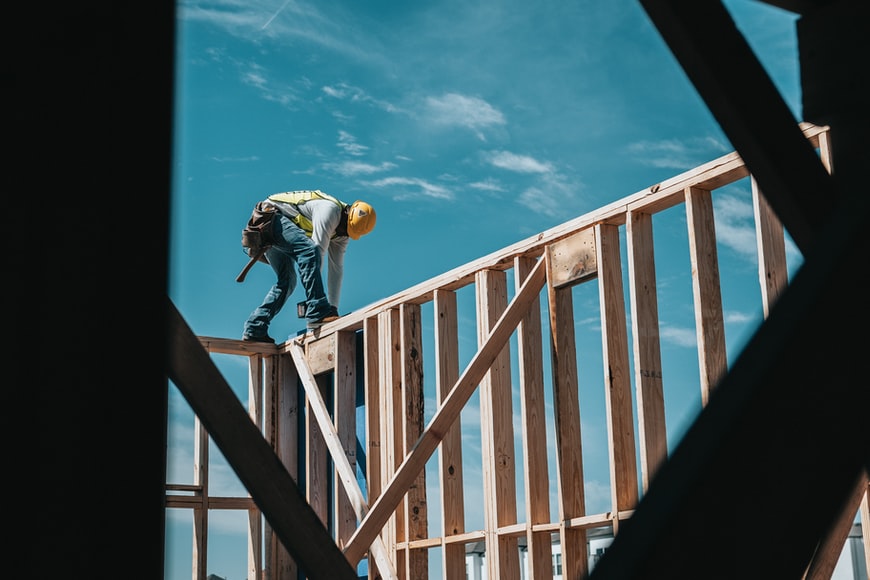
Responsibility question
As the equal fine indicates, it was decided that each company bore equal responsibility. A preliminary question for the council investigator was deciding who was responsible for the contractor’s safety – Yorkshire Stainless as site owners or Technical Cranes as employed contractors?
The investigator’s stated view was that “as soon as the repair call came in, there should have been co-operation and discussion between the two companies as to how the work could be undertaken safely and what equipment was already on site to allow safe access at height. Had this been discussed then maybe the engineer wouldn’t have been sent to site until appropriate access equipment had been provided”.
The investigator added: “If the work at height is not properly planned, once the engineer has travelled to site there is a danger that in an attempt to get the job done, inappropriate access methods will be used as happened in this case. Equally, Yorkshire Stainless should have asked for the contractor’s risk assessments and method statement, agreed how access to height was going to be undertaken and then monitored the work. Essentially, it needed co-operation from both companies to make sure the work was done safely.”
The incident demonstrates the importance of risk assessing and appropriately planning high-risk activities such as work at height. It’s also important to supervise and monitor work to ensure it is undertaken safely. As the council commented, “The fine handed down should serve as a warning to others”.
Lessons for employers
Although the two cases involve a number of specific failings that other employers could stand to learn from, the overall message is clear: don’t overlook the health and safety of non-employees.
Here’s our advice on avoiding similar scenarios.
After being advised to limit or not use volunteers and contractors during the pandemic, now is an opportune time to review your safety procedures in respect to these individuals as your operations open up. Your risk assessments and health and safety policies should be fully up to scratch and effectively communicated to all appropriate stakeholders – including volunteers, contractors, sub-contractors and casual staff.
Conduct a risk assessment before any project that volunteers are to work on – this is a useful way of keeping track of the issues involved and ensuring suitable control measures deal with any issues before someone’s harmed. It’s key to make sure that everyone is properly trained for the tasks they are to do. This is especially important if operating machinery or making repairs to a site, but any job can carry risk.
These cases also make clear that bringing in a specialist contractor to do a job doesn’t absolve you of responsibility. There’s more to it than that in terms of the checks needed. Has the contractor submitted risk assessments and method statements covering how they are going to safely undertake the job? Are you monitoring what they do when on site?
Contractor health and safety is often overlooked because it’s seen as essentially ‘not your work’ since someone else is being brought in from outside to do the job. The same can be said for volunteers who are ‘not your employees’, which often leads to less time invested in providing instruction and training. However, in both of the above cases, the companies engaging these individuals were found to have a duty to ensure their work was undertaken safely. Other employers would do well to take note.
Meet your safety responsibilities confidently with WorkNest
Fulfilling your health and safety obligations can feel overwhelming. At WorkNest, we assign named, professionally-qualified Health & Safety Consultants to advise and support you in creating a safe and compliant workplace for all. And with on-site audits, bespoke policy and handbook creation, and award-winning software included, you can be confident you’re proactively managing risk.
If contractor safety is a particular concern, we can help to ensure legal duties are met by implementing a robust contractor control procedure that ensures the proper selection, appointment, induction, training and control of your contractors.
For peace of mind, call 0345 226 8393 or request your free consultation using the button below.

